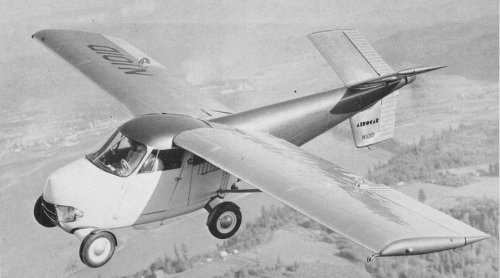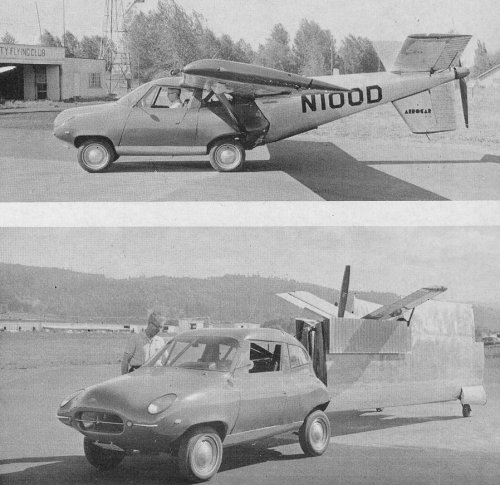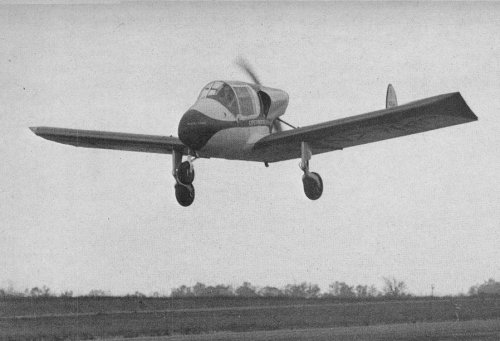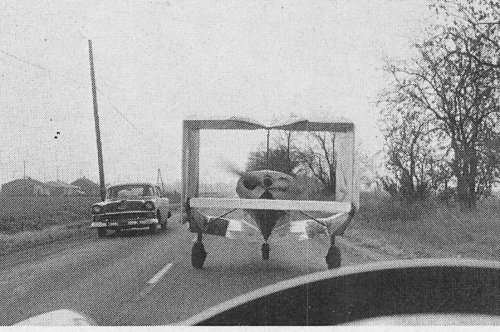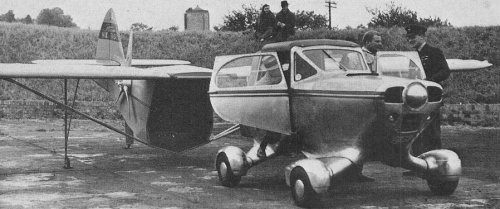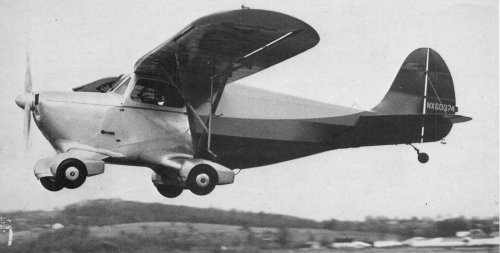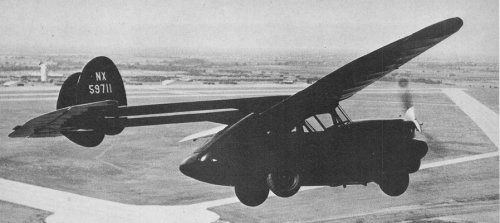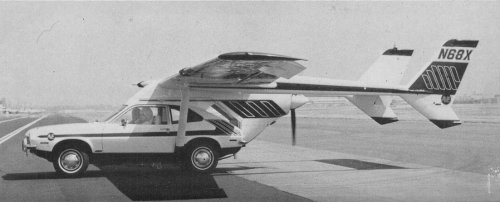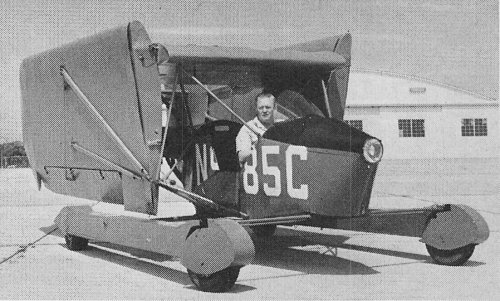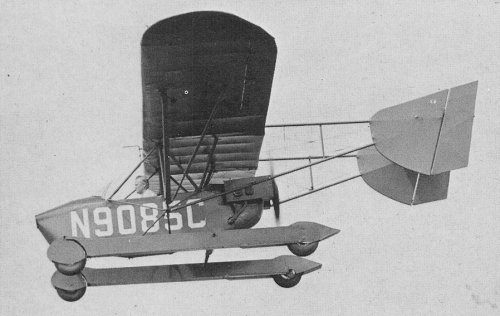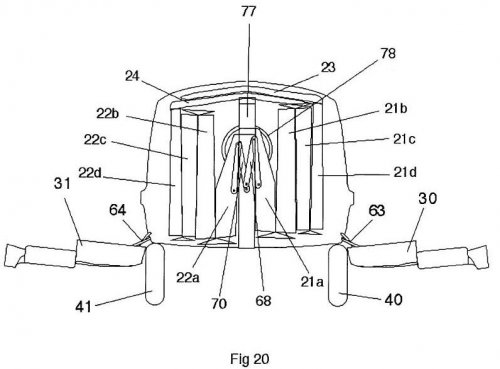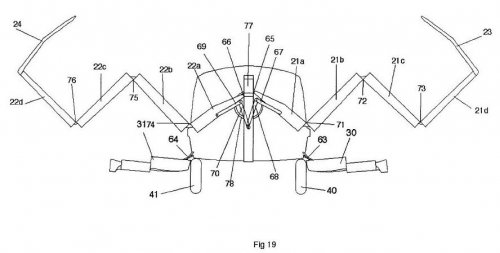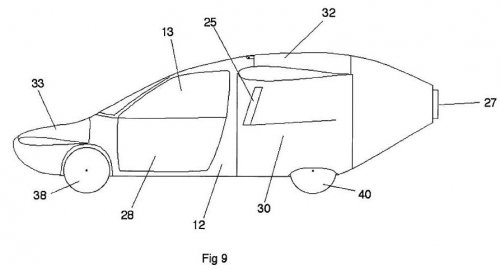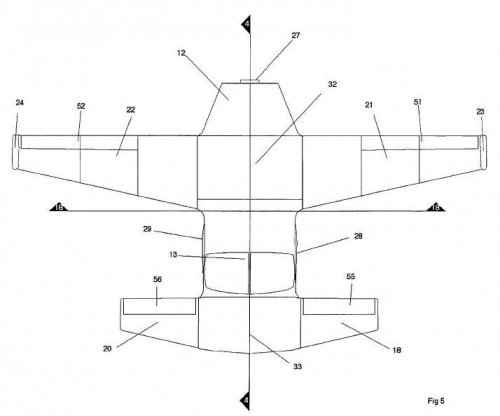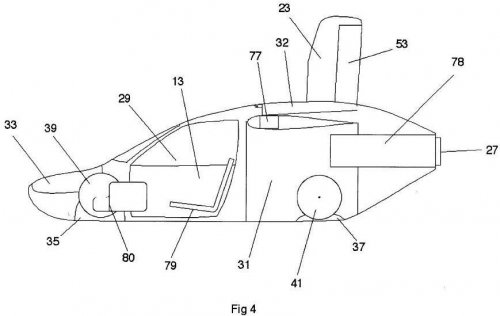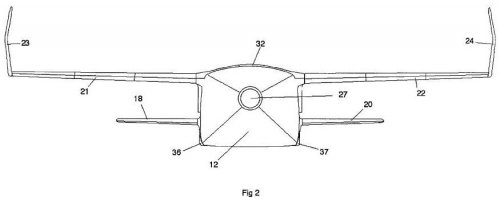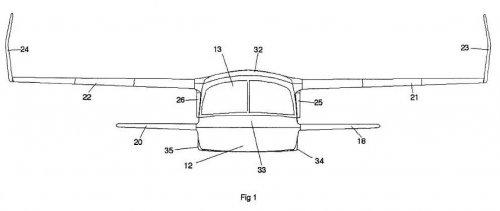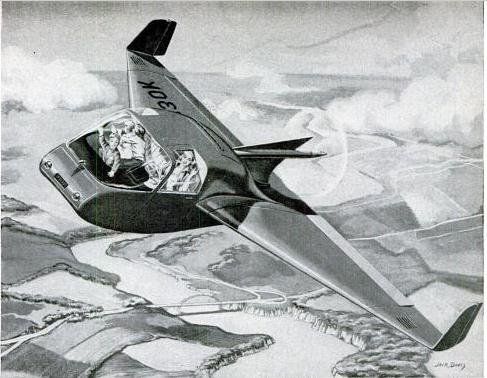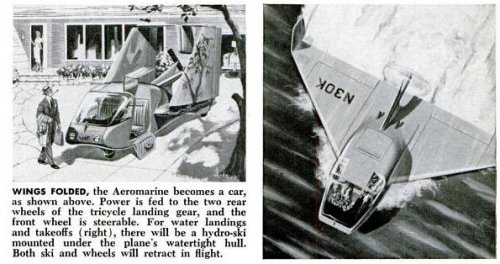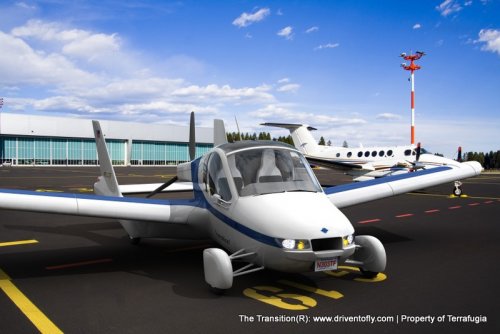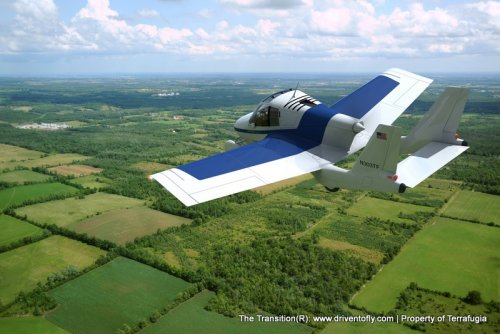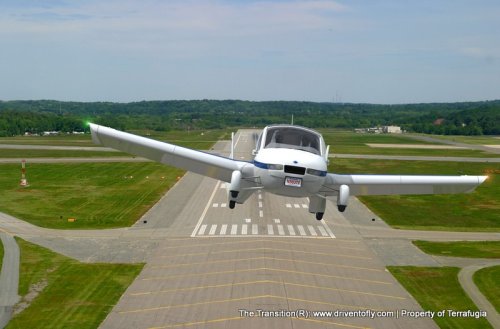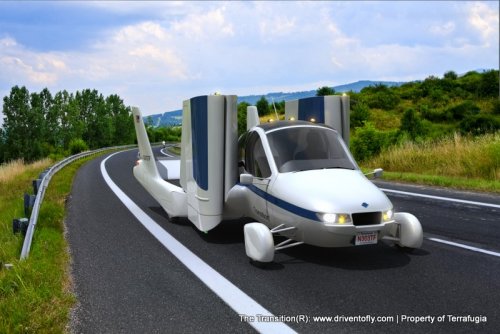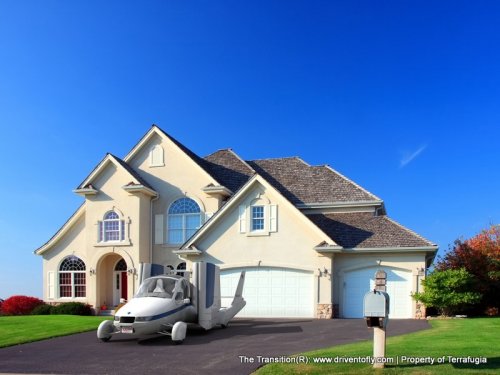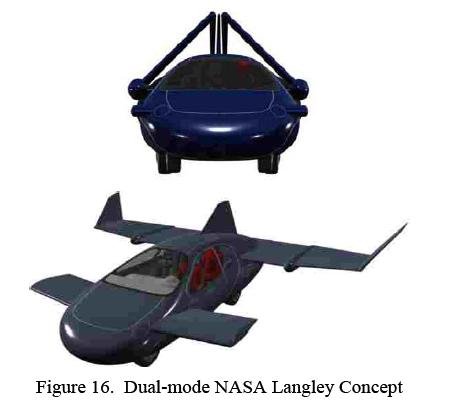Sadly, all of personal General Aviation, especially LSA, is pretty much a niche market; It's simply too expensive for the overwhelming majority of non business-related potential owners. This is one of the reasons the LSA market never developed as was hoped, they did not bring the cost down . There's an article in this months' Flying magazine about the Carbon Cub LSA,which they praise to the skies. they note that since January, 2010 it's been the #1 selling LSA...with a grand total of 17. Price? $185,485. If Terrafugia's production Transition flies well and they can really deliver this for their claimed price of $194,000 (I'm skeptical that they can), they could have a relatively good seller (you can actually get around one you reach your destination airport) in a small market

